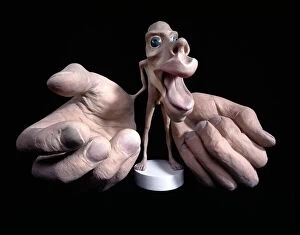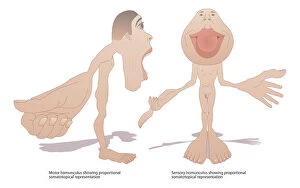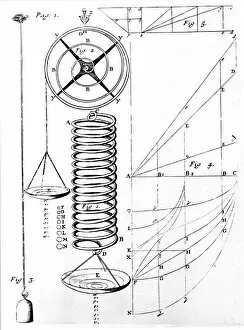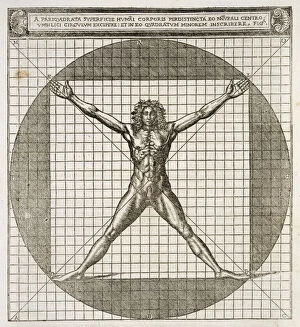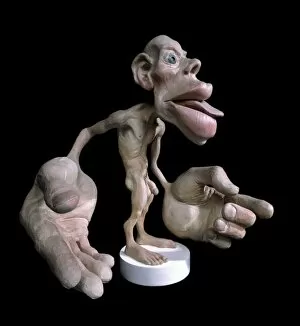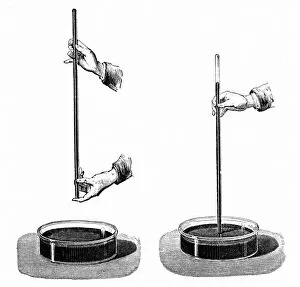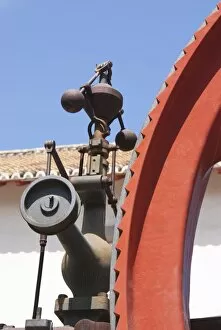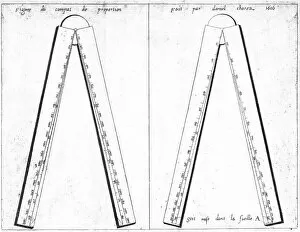Proportional Collection
"Exploring the Concept of Proportional: From Motor Homunculus to Newton's Color Disc" The motor homunculus model, a representation of the human body's motor functions
For sale as Licensed Images
Choose your image, Select your licence and Download the media
"Exploring the Concept of Proportional: From Motor Homunculus to Newton's Color Disc" The motor homunculus model, a representation of the human body's motor functions, reveals the proportional allocation of brain space for different body parts. Delving deeper into sensory perception, the motor and sensory homunculi demonstrate how our senses are also proportionally distributed throughout our bodies. Hookes Law on elasticity showcases proportional stretching in materials through an illustration depicting a spring being stretched to its limit. Surprisingly, ideal proportions in art and design have been revealed to be based on the harmonious dimensions found within the human body itself. Leonard Henry Courtney, a radical British politician, advocated for proportional representation in government as a means to ensure fair democratic processes. Sensory homunculus C017/6826 provides insight into how our brains allocate processing power proportionally according to different sensory inputs we receive. Evangelista Torricelli's groundbreaking 1643 demonstration unveiled that atmospheric pressure decreases with height – revealing yet another example relationships in nature. A facsimile of the traditional old Northumbrian round "Sumer is icumen in" exemplifies how music composition can adhere to proportional structures and harmonic principles. The Watts governor on a steam engine demonstrates how mechanical systems utilize feedback loops and control mechanisms based on proportional response for stable operation. Mathematical compasses from 1624 diagram highlight their use in creating precise geometric shapes by maintaining consistent proportions between various points or lines. 11 & 12: Newton's color disc revolutionized our understanding of light and color by demonstrating that white light could be broken down into its constituent colors through spinning discs with proportionally sized segments.

